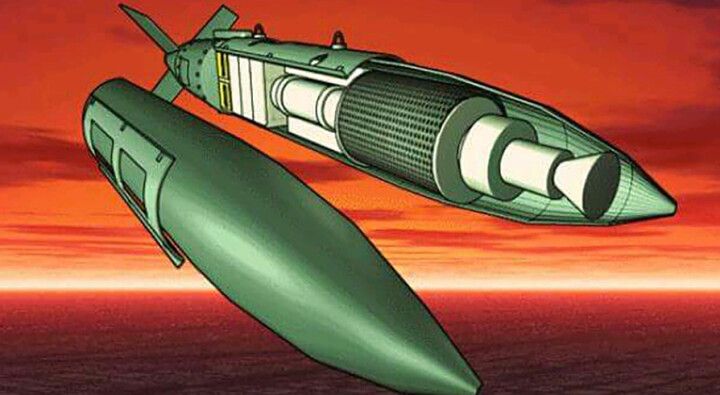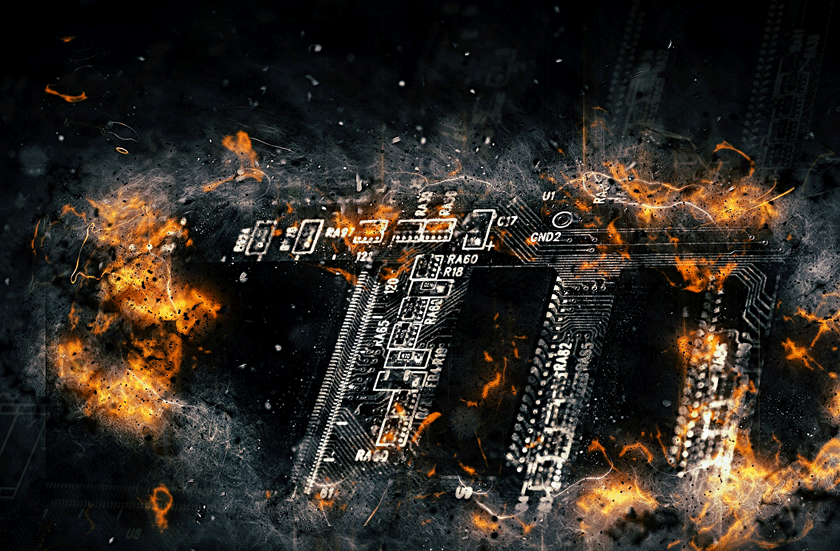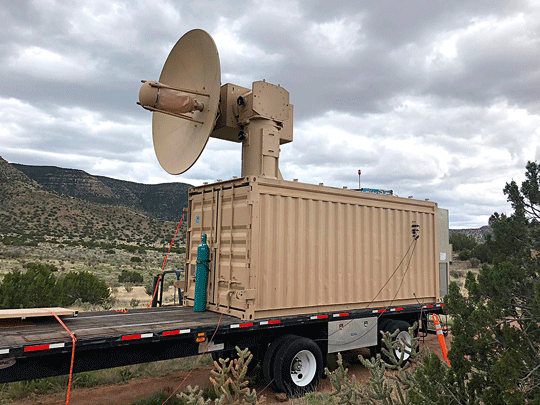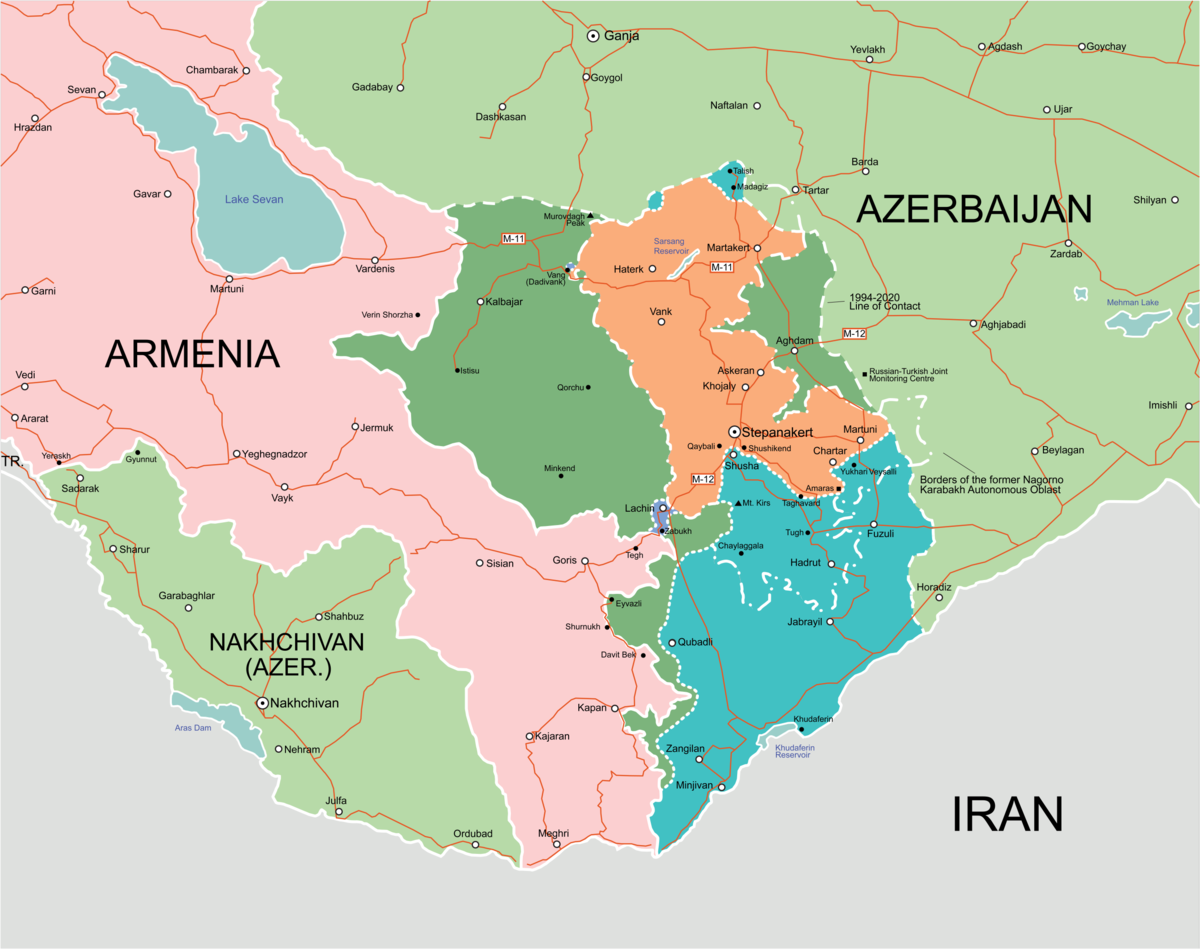
Electromagnetic microwave weapons Part. one

Electromagnetic weapons microwave
The widespread and ever-growing use of electronic systems in modern weapons systems means that for more than a decade, all the major armed forces of the world have been implementing or working on appropriate countermeasures - microwave electromagnetic weapons that destroy or interfere with the operation of all electronic components are built into any military equipment. You cannot protect yourself from its effects, and you can try to reduce its effects by building appropriate protections into your equipment.
The article presents various combat means and technical means for carrying out electromagnetic attacks that are resistant to the influence of title weapons. It also describes how to protect your equipment from such attacks. Many types of new military equipment are being built in Poland, but, unfortunately, even elementary measures of protection against the effects of electromagnetic weapons are not included in it, and this equipment will be operated for more than a dozen, or even several decades, and if it takes part in in any modern armed conflict, it is bound to be attacked by increasingly sophisticated electromagnetic weapons. This also applies to expeditionary missions and asymmetric conflicts, because such weapons can be of a very simple design, actually created in the so-called. at home, and its use has already been noted in conflicts in the Middle East.

Electromagnetic weapons microwave
Directed Energy Weapons (DEW) i Radio Frequency Directed Energy Weapons (RF-DEW)
Microwave electromagnetic weapons are a real threat not only on the battlefield. It is well known that weapons systems and combat vehicles are being equipped with increasingly sophisticated electronic systems that provide users with new opportunities. Therefore, a successful attack that interferes with their correct operation usually allows them to be effectively eliminated. Currently, the use of electronic warfare (EW - Electronic Warfare) is widespread. Therefore, it is not surprising that most of the militarily developed countries are developing their own methods and technologies to protect against electromagnetic attacks.
On the other hand, "Directed Energy Weapons" (DEWs) are electromagnetic, laser and acoustic weapons based on particle flow. In this article, with a few exceptions, we will focus only on radio-frequency directed energy weapons (RF-GNE), which hit targets by creating damaging voltages and currents and locally cumulative thermal effects due to the impact of various types of concentrated wave beam. electromagnetic fields with high peak power and energy, hundreds to thousands of times greater than that of an electronic warfare weapon, for very short periods of time - from micro to milliseconds (figure below).
The task of the RF-ROSA is the destruction of the target or the irreversible disruption of the operation of the weapon or its elements containing electronic components and devices (C4ISR systems, radio stations, missiles and their launchers, various sensors and optoelectronic systems, etc.), without the need for them accurate recognition. After the termination of RF-DEW exposure, the attacked equipment becomes unusable forever.
In the field of electromagnetic weapons, there are many terms and terms. The basic difference is the separation of the concepts of the electronic warfare / electronic warfare system (weapons) and electromagnetic weapons. EW weapons are designed to jam (silence) other electronic devices and operate, as a rule, at low power, on the order of 1 kW, using very complex radio wave interaction algorithms. His job is to prevent the enemy from using his electronic devices, while at the same time securing the ability of his own equipment to work. EW systems are very complex and expensive due to: the variety of targets, the need to accurately recognize their operation algorithms before an attack, and possible ways to violate them. The use of so-called electronic camouflage is of little help to electronic intelligence systems. Based on electromagnetic emissions, they are able to determine the exact location of individual subunits, as well as identify their type (for example, by recognizing and counting radiation sources located in a given area) and the task being performed (for example, by assessing changes in the location of individual radiation sources). For a long time in the hostilities, defined as WRE, there is not only “electronic support” (Electronic Warfare Support, i.e. passive recognition of electromagnetic radiation to obtain information about the enemy) and “electronic attack” (Electronic Attack - active or passive use of low-power electromagnetic radiation in order to prevent the use of this type of radiation by the enemy), but also "electronic protection" (Electronic protection). Defense is, as a rule, all types of activities that limit the ability of the enemy to perform the tasks of electronic support and attack. Typically, the opposing sides use advanced methods of protection against detection and tracking (ECM - Electronic Countermeasure) or countermeasures against the enemy ECM (Electronic Counter-Countermeasure).
Three major trends in the ever-evolving military electronics industry have fueled a global increase in interest in using RF-DEW weapons on the battlefield. Firstly, progress in the creation of DC power supplies and cells with high energy efficiency, as well as in the creation of generators of very strong electromagnetic radiation in the microwave range. The second factor is the increasing exposure to electromagnetic effects of new electronic devices and their components used in military equipment. This is caused, among other things, by the ever smaller size of transistors, especially the MOSFET type (metal oxide semiconductor field effect transistor), the very high packing density of semiconductors in integrated circuits (Moore's law) and the lower power consumption and supply voltage of transistors in microprocessors (currently about 1 V), their operating frequencies are in the gigahertz range and wireless communication is becoming more and more widespread. The third factor is the growing dependence of the level of sophistication of newly developed weapons on the electronic devices implemented in them. Therefore, RF-DEW can effectively destroy or disable new types of weapons. On the other hand, this type of weapon needs to be integrated and moved on platforms that are resistant to its damaging effects.
